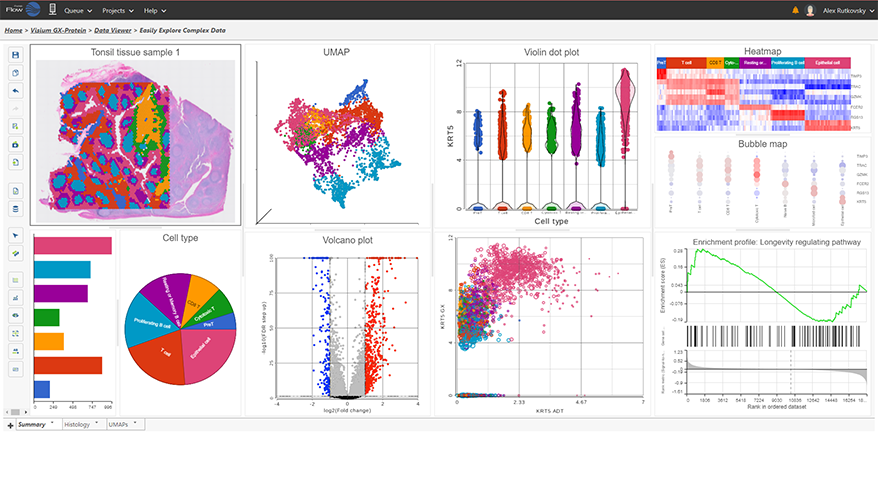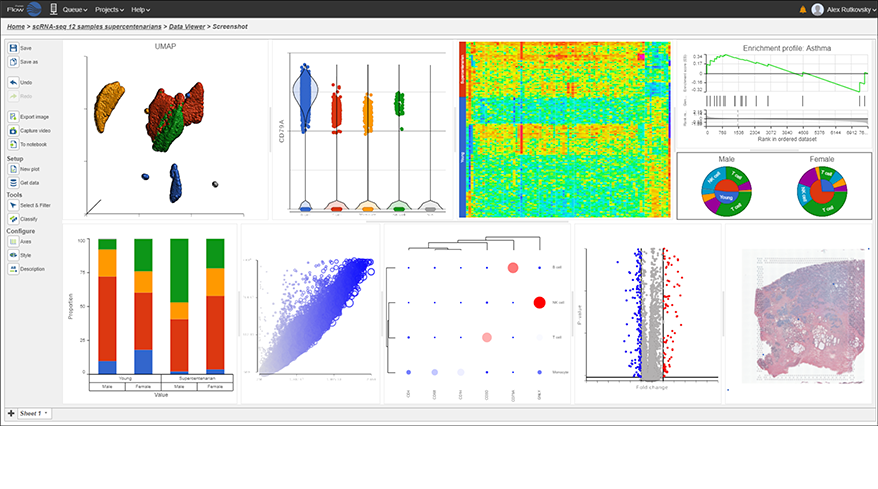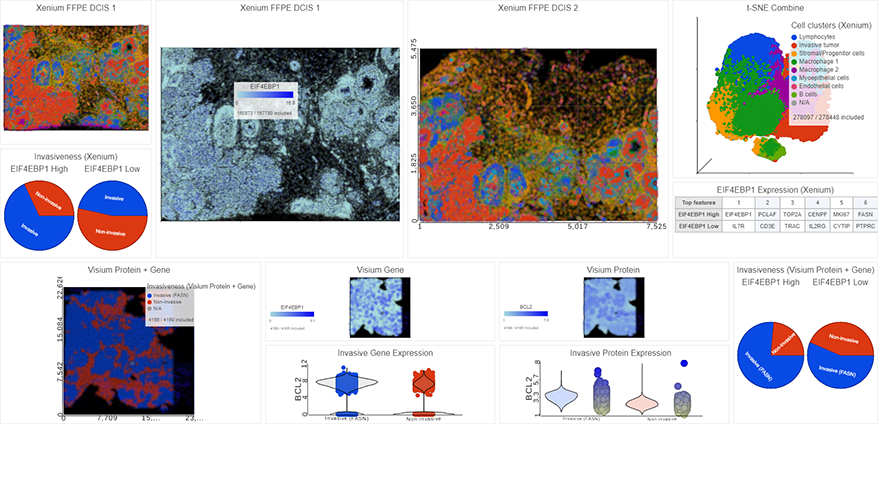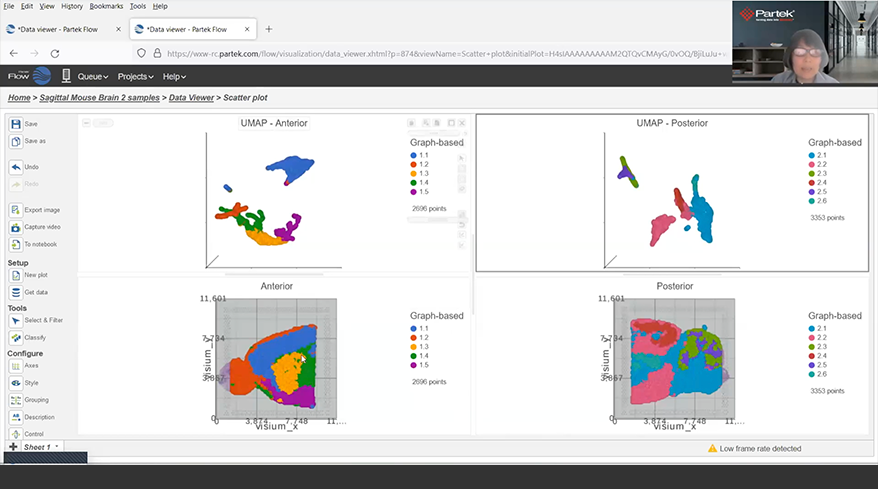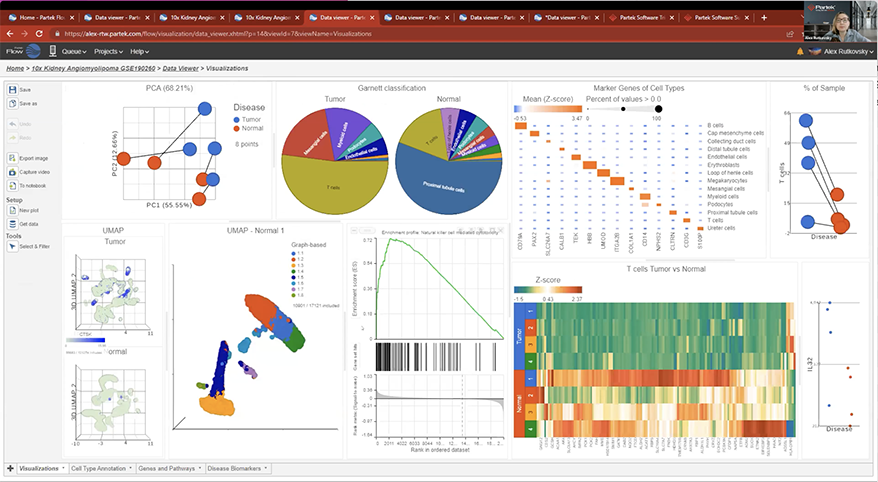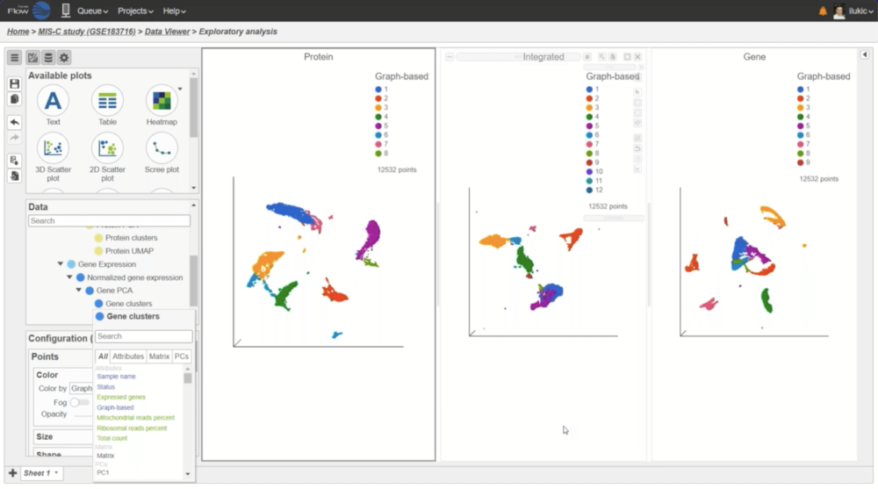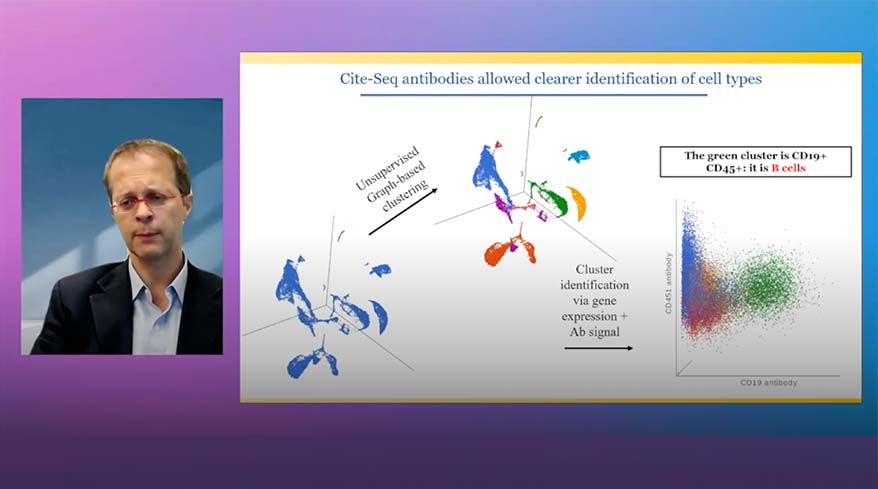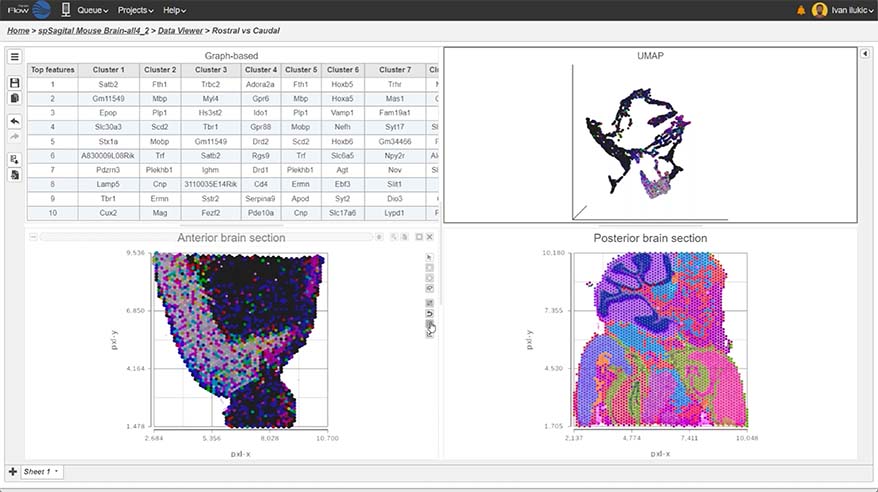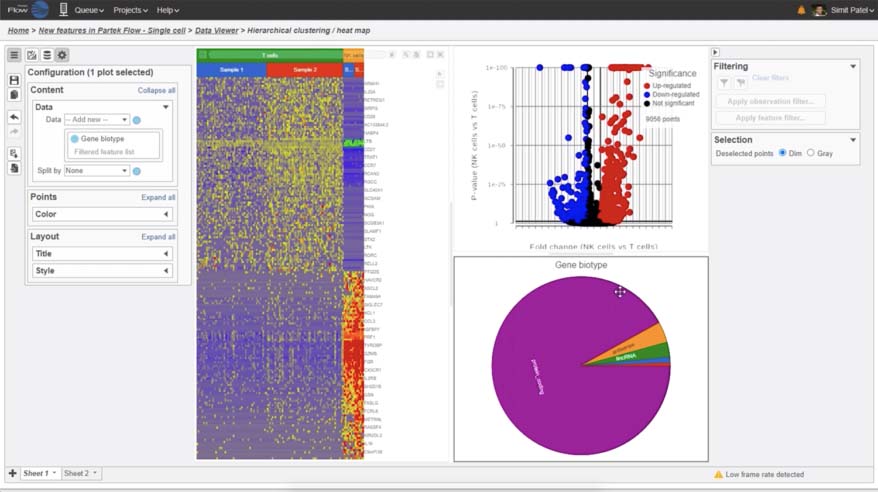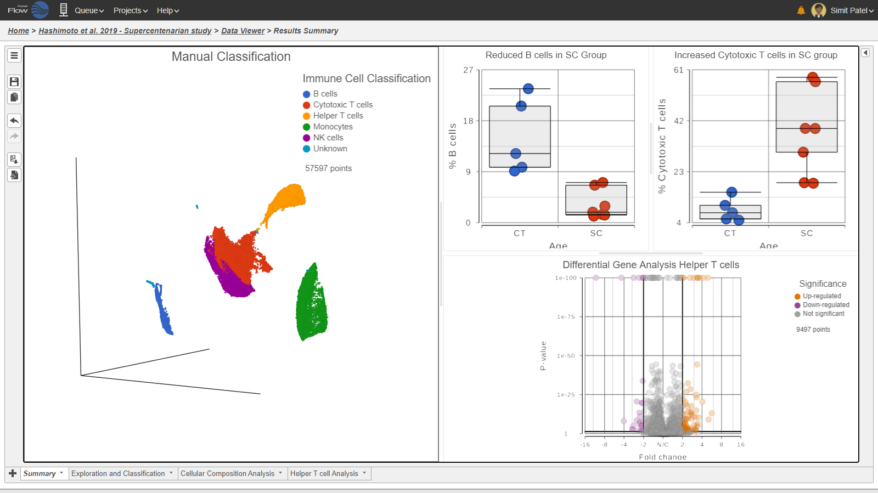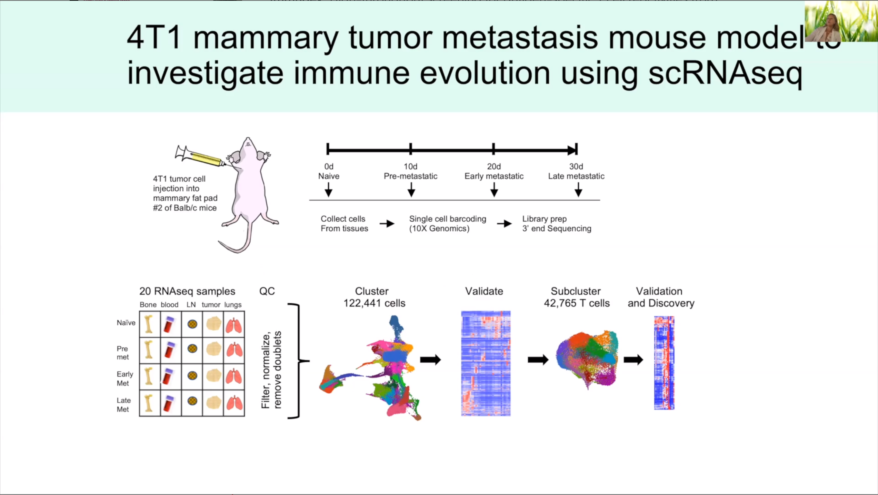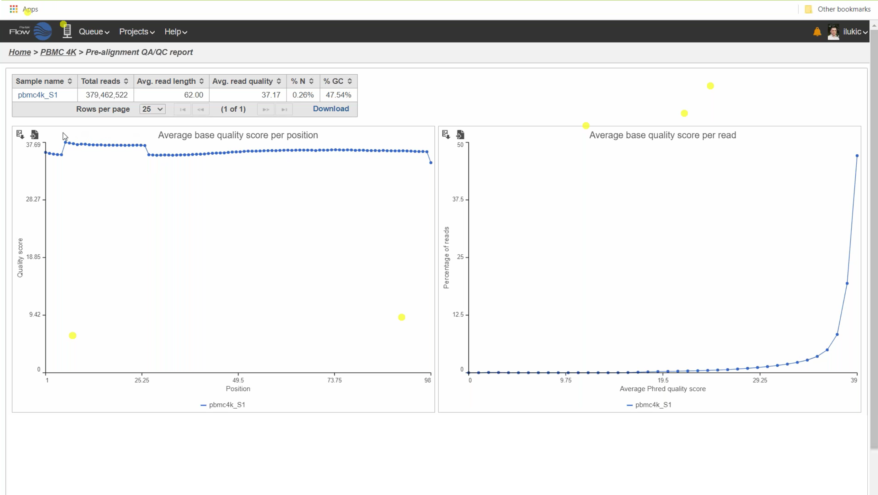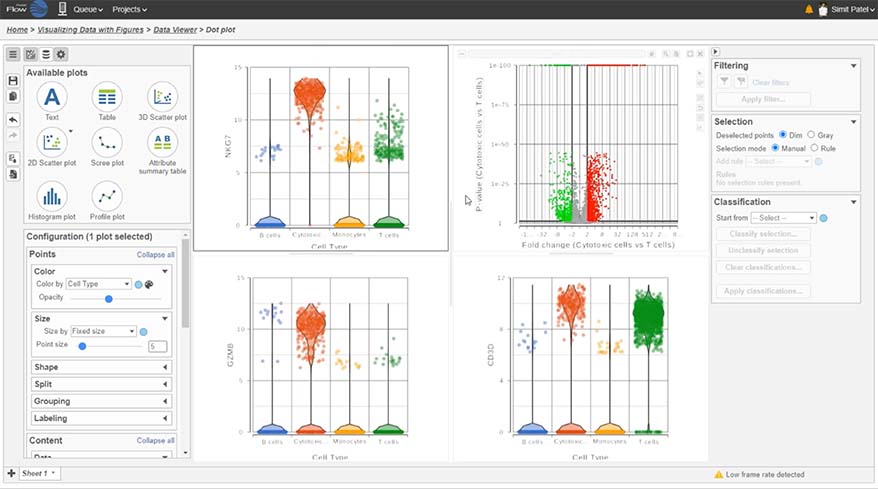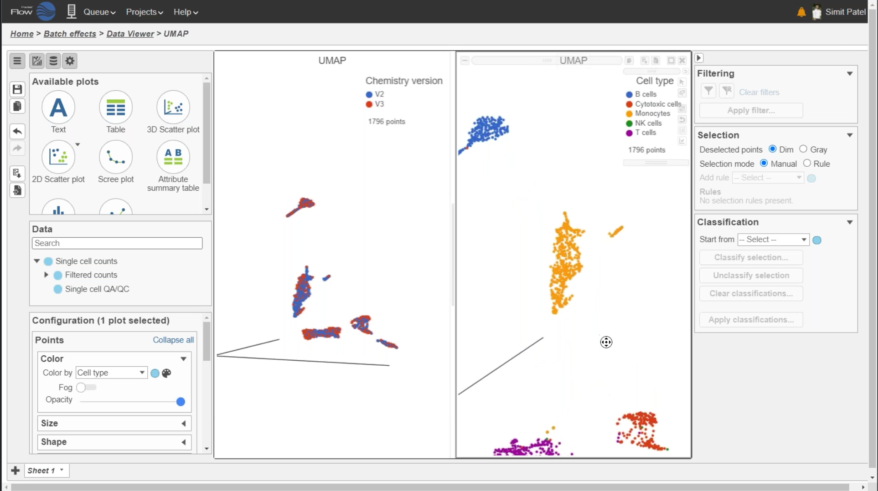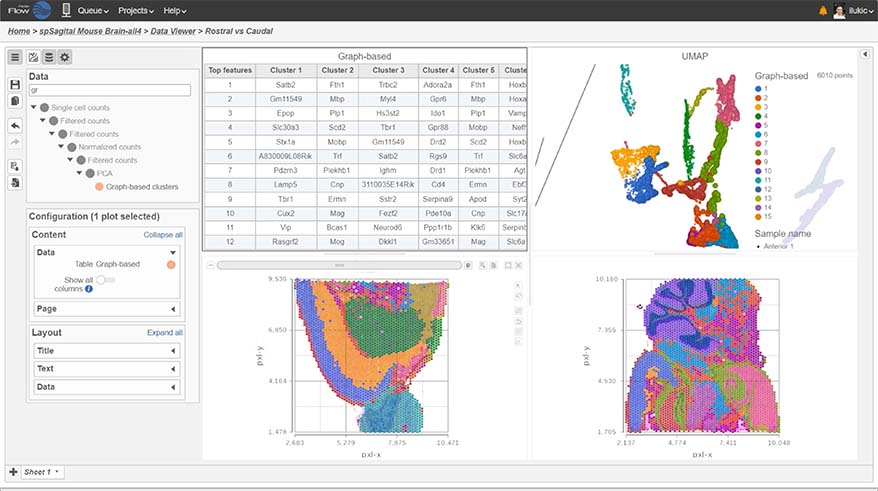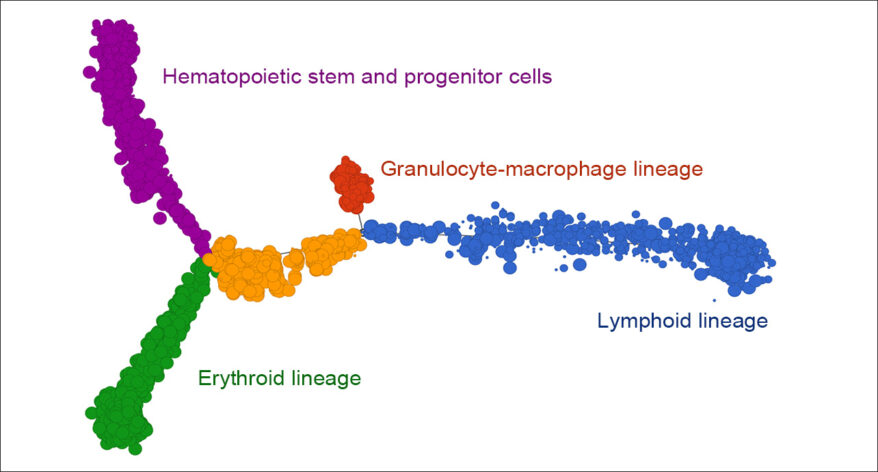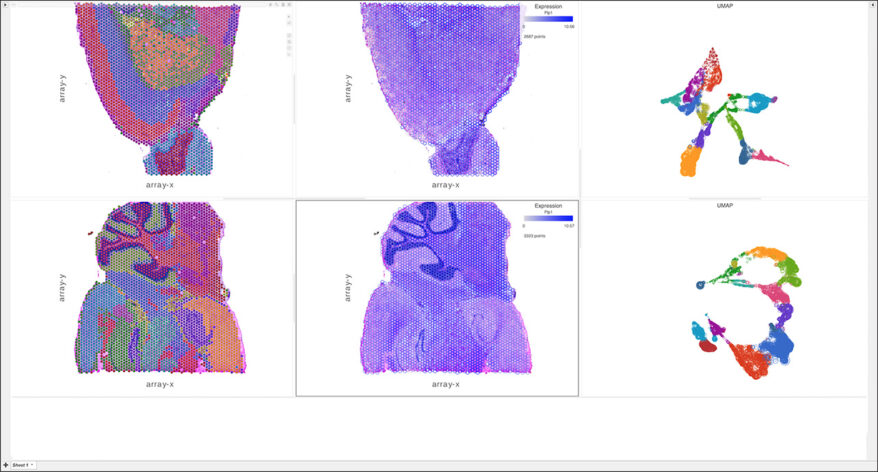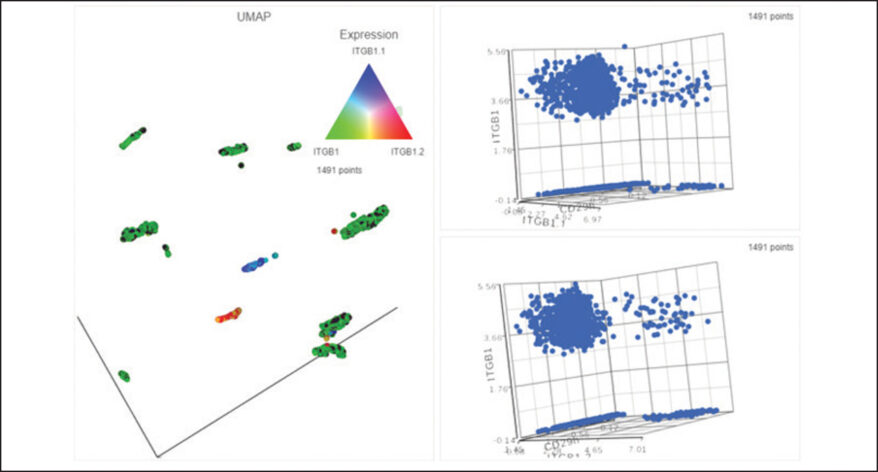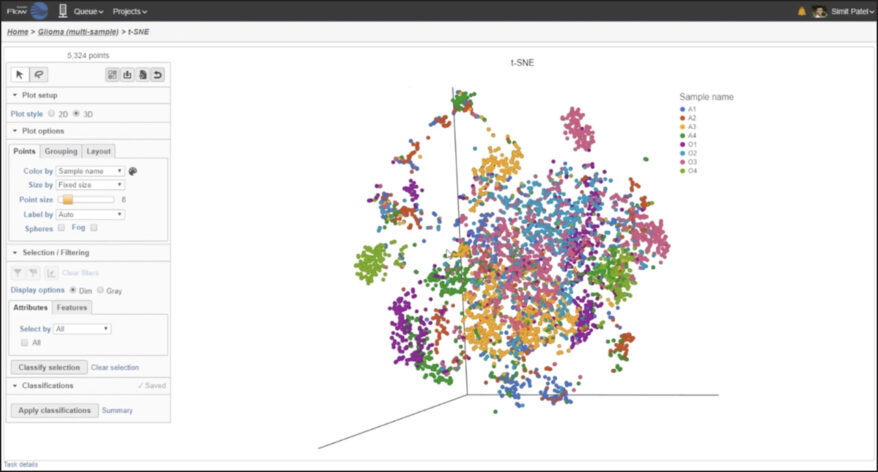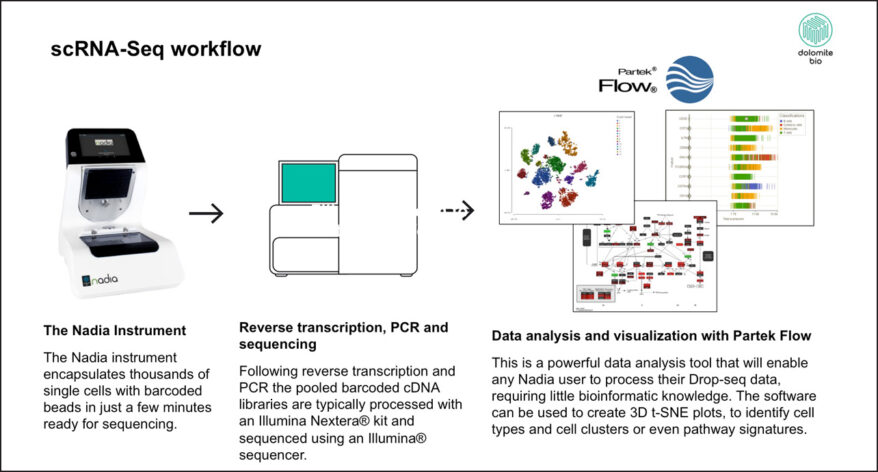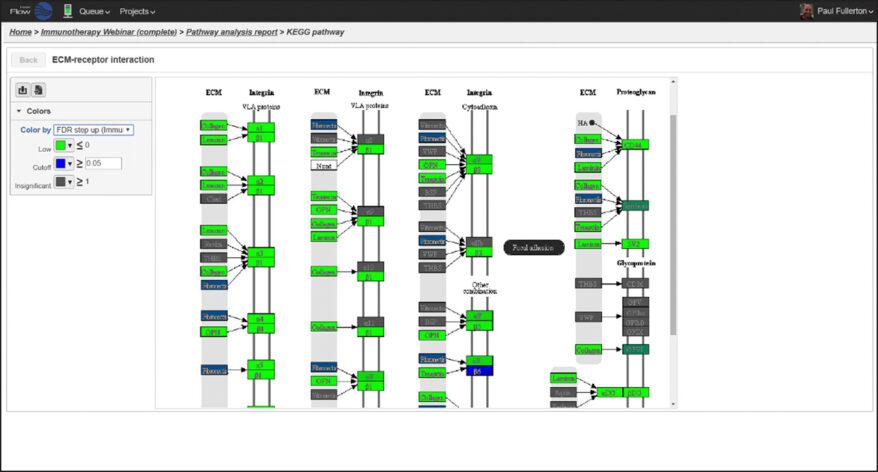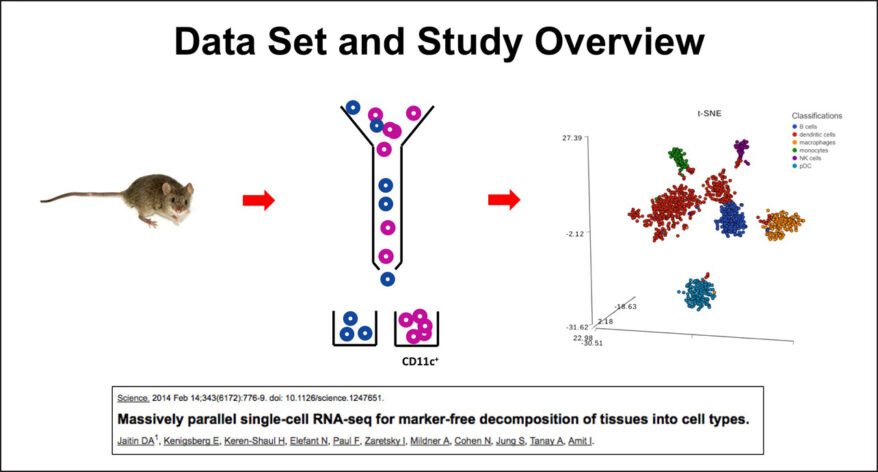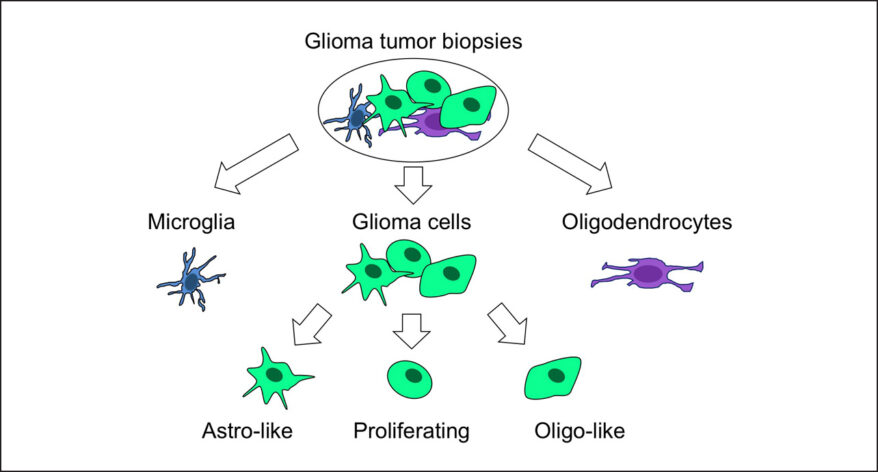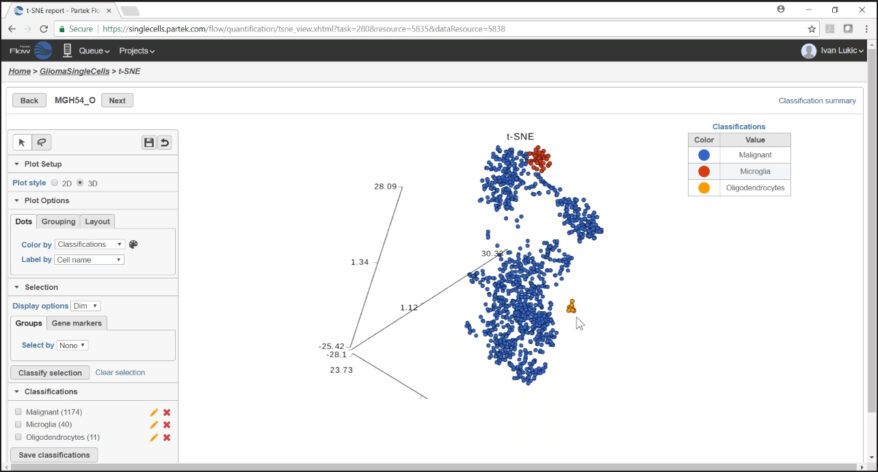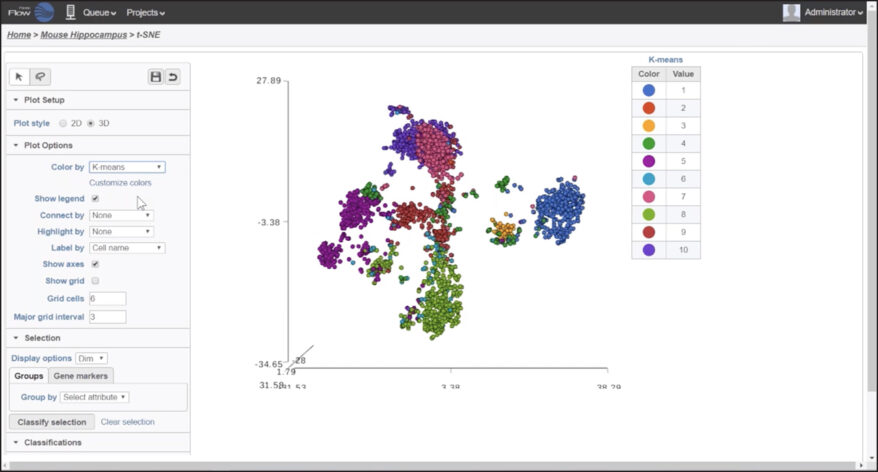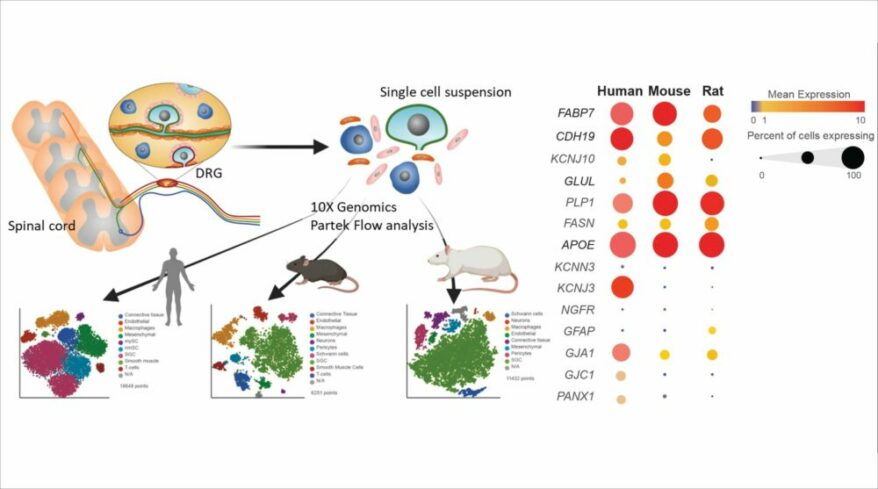
Profiling the molecular signature of satellite glial cells in healthy and diseased states reveals key pathways for neural repair
A Research Spotlight Presentation
Presenter:
Oshri Avraham PhD
Washington University School of Medicine
Sensory neurons with cell bodies in dorsal root ganglia (DRG) are used extensively as a model to study axon regeneration in the peripheral nervous system, with a focus on the neuronal contribution. However, sensory neurons reside within a highly complex microenvironment in the DRG composed of multiple cell types. This study focused on the contribution of non-neuronal cell types to the regeneration process and specifically on satellite glial cells (SGC). By comparing the response of SGC to peripheral vs. central injuries, using a single cell transcriptional approach, we uncovered that SGC play a novel role in peripheral nerve regeneration. We discovered that PPARα activity contributes to promote axon regeneration in adult peripheral nerves, which did not occur after central injuries. Treatment with the PPARα agonist Fenofibrate increased axon regeneration after spinal nerve injury. This work highlights that manipulation of SGC could lead to promoting functional recovery after nervous system injuries.
Key topics:
- How the nervous system responds to peripheral vs. central injury
- The contribution of microenvironment to axon regeneration
- The role of satellite glial cells (SGC) in injury and regeneration
- Whether Fasn expression in SGC is required for axon regeneration
- Fenofibrate rescues regeneration in FasncKO mice via PPARα activation
- If activation of PPARα increases axon regeneration after central injuries



